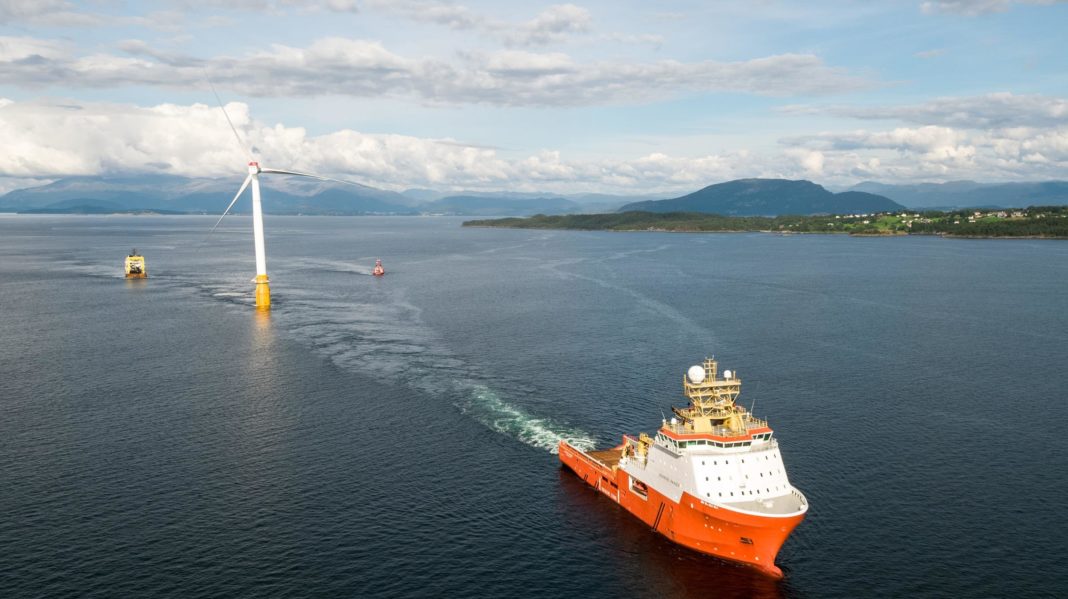UK floating offshore wind could reach “subsidy-free” levels by the early 2030s, according to a study completed by the Offshore Renewable Energy (ORE) Catapult’s Floating Offshore Wind Centre of Excellence (FOW CoE).
The Floating Offshore Wind: Cost Reduction Pathways to Subsidy-Free study suggests large floating offshore wind projects could secure Contracts for Difference (CfD) strike prices below current wholesale electricity price forecasts as early as 2029, depending on the deployment scenario pursued by the UK.
It also highlights the vital role floating offshore wind will play in the UK’s journey to Net Zero and towards delivering 100GW of offshore wind by 2050, in line with the recent Climate Change Committee’s Sixth Carbon Budget.
Chris Hill, operational performance director, ORE Catapult and FOW CoE executive governance board co-chair, said: “It is vital the UK takes a strategic approach to supporting the rapidly developing industry UK floating wind industry to ensure the potential benefits are realised.
“This study provides a strong evidence base for key policy decisions relating to the growth and scale of the industry in the UK – both in terms of the focus for support, and timing. We look forward to continuing our work with key stakeholders to develop a long-term vision for floating in the UK and supporting the rapid growth of the industry – both in our journey to Net Zero and also as a key driver of economic recovery and growth.”
Cornwall is one of the regions looking to play a significant role in offshore renewables. According to a report commissioned by the Cornwall and Isles of Scilly Local Enterprise Partnership (LEP), 1GW of floating offshore windfarms in the Celtic Sea could support 3,200 jobs in the south west and Wales and £682 million of spend in the local supply chain by 2030, powering hundreds of thousands of homes.








